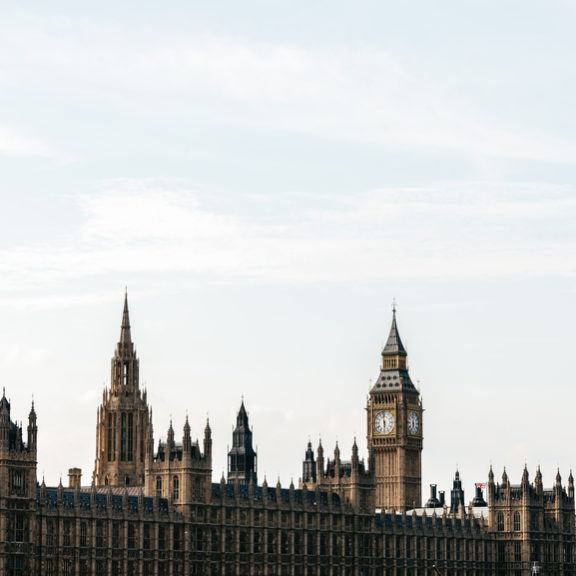Solidarity means more in Tehran than Washington
Is this it? Could this, finally, be the end of the Islamic Republic of Iran? As huge crowds of women and men surge through the Iranian streets, burning hijabs and calling for “Death to Khamenei!”, is an impossible dream finally about to come true?
The prospects certainly look better than in 2009, when the country’s protestors were primarily middle-class and more narrowly focused on the issue of Ahmadinejad’s election victory, rather than on dismantling the oppressive system in its entirety. Today, men and women, rural and urban, affluent and poor are all marching to bring down the Islamic Republic. Khamenei is also reported to be in very poor health, so the chants might just come true.
Yet senior US officials I have spoken to have cautioned against blind optimism. As they explained, we’ve seen many moments in recent Iranian history where the tide seemed about to turn, only to be disappointed. The same officials also warned that America is trying not to become too involved: the Biden administration isn’t supporting the protestors, but it isn’t explicitly discouraging them, either.
This isn’t an example of craven politics: I also fear that the end of the regime might not herald a brave new world, but rather a bloody mess, where Khamenei’s death is followed by internecine fighting for power between various Iranian factions. Would the overthrow of the regime lead to civil war, a military coup, or liberal democracy? Nobody knows.

